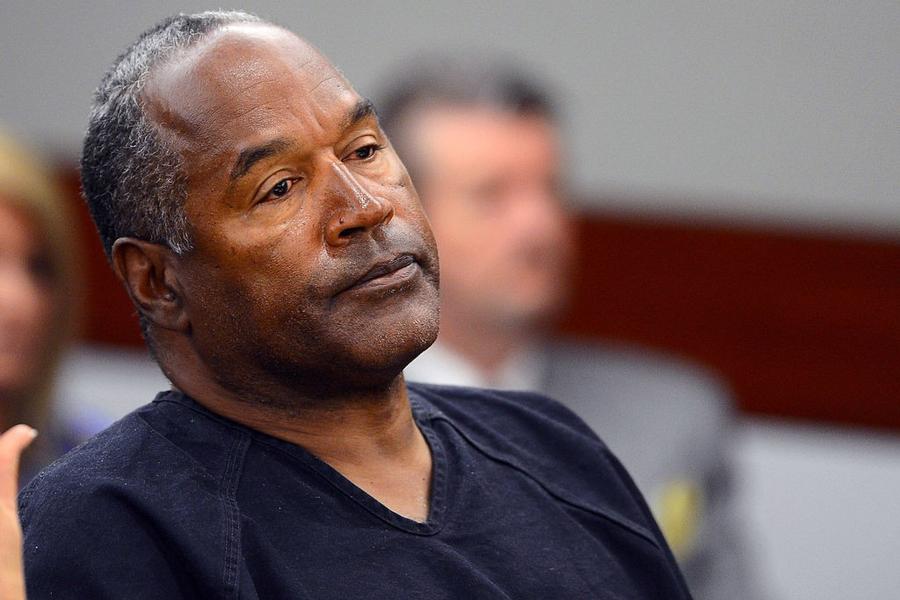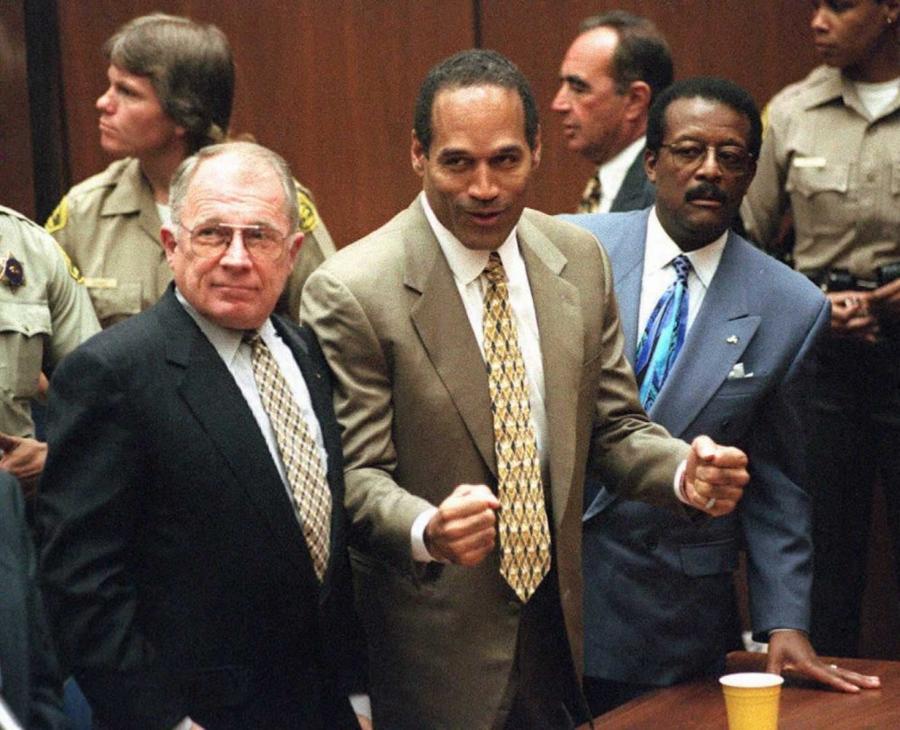As you may have heard, OJ Simpson died on April 10 at the age of 76 after a battle with cancer. At his absolute financial and popular peak in the early 1990s, OJ Simpson's net worth was equal to $25 million after adjusting for inflation. As you likely know, OJ's life took a radical turn in 1994 after the murders of his ex-wife, Nicole Brown Simpson, and Ronald Goldman. OJ was criminally acquitted in 1995 BUT was ultimately found civilly liable for Goldman's murder. He was ordered to pay the Goldman family $33.5 million in damages. That number ultimately grew to $70 million with interest. He never actively paid a dime to the Goldmans. The Goldmans did receive around $500,000 after the forced sale of various OJ memorabilia following his civil conviction.
With that massive judgment outstanding, how was OJ Simpson's net worth $3 million at the time of his death?
Here is a brief history of the ups and downs of OJ Simpson's personal finances during his lifetime…

Ethan Miller/Getty Images
In a court filing during his 1992 divorce from Nicole, Simpson estimated his net worth to be $10.8 million. That would ultimately prove to be Simpson's peak net worth. Being worth $10.8 million in 1992 is the same as being worth $25 million today. Around half of his net worth in 1992 came from the value of his Brentwood estate.
In June 1994, Nicole Brown Simpson and her friend Ron Goldman were found brutally murdered outside her condo in Brentwood, California. OJ was quickly named the prime suspect and then went on the most famous police chase in history. He eventually turned himself in and was tried for their murders. The criminal case took place in an LA courtroom over nine months, from January to October 1995. On October 3, 1995, OJ was found not guilty. The Goldman family subsequently sued OJ civilly and won $33.5 million in punitive damages. The Brown family opted not to sue Simpson civilly because it likely would have required his youngest children to testify, which would have obviously been very traumatic.
How is it possible that OJ could have been found guilty after being acquitted? Criminal and civil courts have completely different laws, burdens of proof, and consequences. A criminal conviction requires the prosecution to prove guilt beyond a reasonable doubt; a civil trial just needs to prove a "preponderance of evidence." In other words, in a criminal trial, the government must prove beyond a doubt that the defendant is guilty. In a civil trial, the plaintiff (the Goldmans) needed only to show that there was more evidence of guilt than innocence. Furthermore, a criminal trial requires a unanimous decision from the jury and can result in jail time or even the death penalty, whereas a civil trial only requires a majority decision from the jury and typically results in monetary compensation.

Getty Images
After OJ was convicted civilly and found liable for $33.5 million, the Goldman family aggressively tried to confiscate all of his assets. Unfortunately for the Goldmans, OJ spent the majority of his liquid assets assembling and paying for his "dream team" of lawyers that included the late Johnnie Cochran and the late Robert Kardashian (father of Kim Kardashian).
OJ spent an estimated $8 million on his legal dream team, roughly $16 million in today's dollars.
The Goldman family was also unable to receive money from the sale of OJ's infamous mansion on Rockingham Blvd. in Brentwood. By the end of his civil trial, the Brentwood home had slipped into foreclosure. The house, which was originally purchased by OJ in 1977 for $650,000, sold in foreclosure for $3.95 million in 1998.
To date, the Goldman family has only collected roughly $500,000 of the $33.5 million judgment, mostly from the sale of his famous white Ford Bronco, his Heisman trophy, and various other personal belongings. Any paycheck OJ earned would have gone directly to the Goldmans, therefore, he did not work a single paying job between 1995 and his death in April 2024.
So how did OJ manage to live, day to day, for the rest of his life? Thanks to his 10-year NFL career, many lucrative endorsements, and acting jobs, by 1998, OJ was earning roughly $25,000 per month from various pensions alone. Under the various state laws where OJ resided in the years after the $33.5 million civil judgment, his pensions were untouchable. Furthermore, in 2000, OJ purchased a house in the Miami area for $575,000, which came with a mortgage of $3,133 per month. Under Florida law, primary residences can not be touched by judgment or bankruptcy. Unfortunately, he did ultimately lose this home after his daughter Arnelle apparently failed to pay the mortgage.
After he turned 55, OJ was eligible to receive a pension from the NFL. It's widely believed that OJ actually held off on taking his pension payments until he was 65 so he could receive a larger monthly payment ($10,565 per month instead of $4,034). Assuming this is true, the NFL began paying him $10,565 per month starting in 2012.
OJ lived out his remaining years (after spending a decade in a Nevada prison for a whole other debacle that we won't go into here) in the suburbs of Las Vegas. He lived with a friend in a 5,000-square-foot mansion within a gated golf course community. He played golf, watched sports, and posted a little too much on Twitter. And every month, he received $10,565 from the NFL.


0 Comments